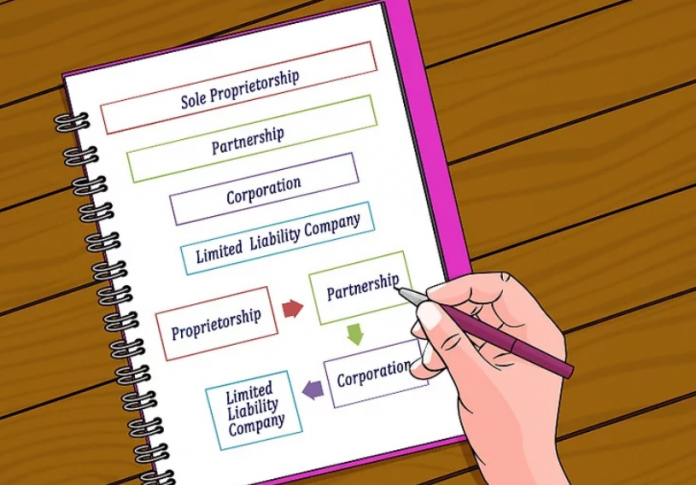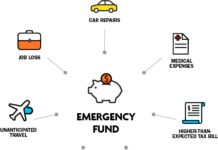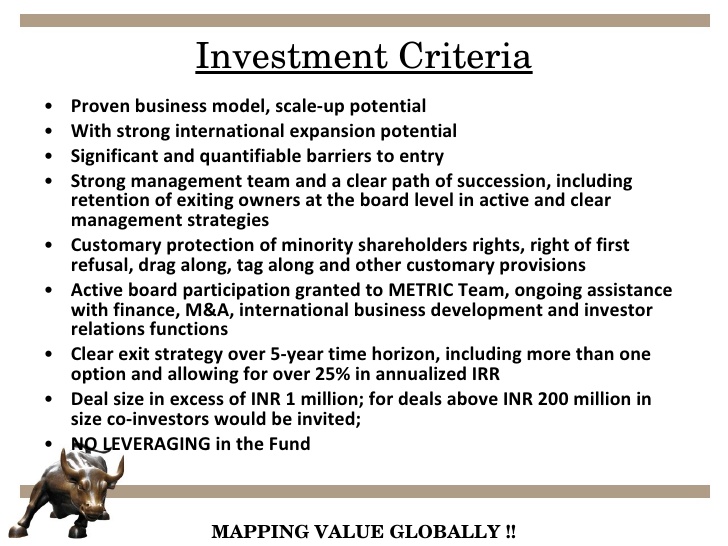When it comes to setting up a budget for a startup, new business owners go through a hard time. It is not an easy process but, with proper knowledge, you can excel at it. Setting a budget will help you in seeing expected incomes and expenses. Budget is a key element of every startup plan. So how can you start with it? If you have no past experience in creating a budget plan, then go with your best guess. Keep on following the road map given below, and you will create a startup budget that is moderately close to reality.
Step 1: Estimate primary costs

These are the costs that you will incur on the first day of your startup. In short, it will help in opening the door of your firm and making it go live. These will include costs such as rental of the office, warehouse, etc. furniture and equipment cost, vehicle cost, etc. It will also involve the cost of advertising and promotional tools and other expenses such as fees for licenses and permits.
These are basically the startup costs that every firm will have to go through. Do not forget to include them in your budget list. Basically, everything that is contributing to the business should be mentioned in the budget list. It will give you a fair idea on how much credit you will get by keeping them as collateral.
Step 2: Estimate monthly expenses
Now, when you are doing this, keep in mind that you are including both, fixed and variable costs. Fixed expenses are the costs that remain the same every month and will not change. It does not matter how many customers you have; fixed costs will always be fixed. These include rent, utilities, web service fee, office supplies, subscriptions/dues, business insurance, advertising and promotion cost, miscellaneous expense, etc.
Once you have made a list of fixed expenses, move on to variable costs. These are costs that will vary with time and change as the number of customers changes. Costs such as raw materials, sales commission, cost of production, packaging cost, shipping cost and wholesale cost of goods are involved in variable expenses.
Step 3: Estimate recurrent sales

Now the most challenging part of creating a budget is estimating monthly sales. One cannot predict the sales their company will make as a newbie in the market. But, for a better sales projection, you can do certain things like:
- Show the most positive estimate of the first year sale.
- Keep in mind the worst case scenario and project the least optimistic scenario. Show as little sales as you can during these six months.
- The third type of scenarios is likely scenario; the one you can show to your lender.
Step 4: Time for cash flow statement
Combine all the total costs, sales and collections for every month and prepare a cash flow statement. It should have details like monthly sales, collection/revenues, total fixed and variable costs and the overall cash balance. Cash flow statement will give you a comparison between the cash used in operating activities and the income generated. It will report the amount of money your business has made during a particular time. It includes the following things:
- Operating Activities
- Investing Activities
- Financing Activities
Wrap up
Before preparing the budget for your new startup, use a software program which will do the work efficiently. This can also help you in making changes quickly. You can also try using a spreadsheet program if you do not have an accounting software program. Be patient because these things take time.












